Precision landing
Captain Thorsten Bobzin has handed over command of the naval aviators after four years. He looks back on an eventful time between system launches, recruitment worries and capability gaps. After four years at the helm of the naval aviation command, Thorsten Bobzin draws an important conclusion: "Thank God we only had one aircraft accident, and it was a minor one." When asked which situation caused the greatest tension, he mentions the Russian war of aggression against Ukraine in February of this year. The naval aviators demonstrated their capabilities with a very high level of commitment and a rapid readiness for deployment and redeployment. In this context, the ability to deploy quickly once again proved...
Weiterlesen
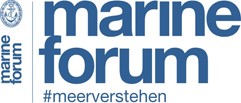
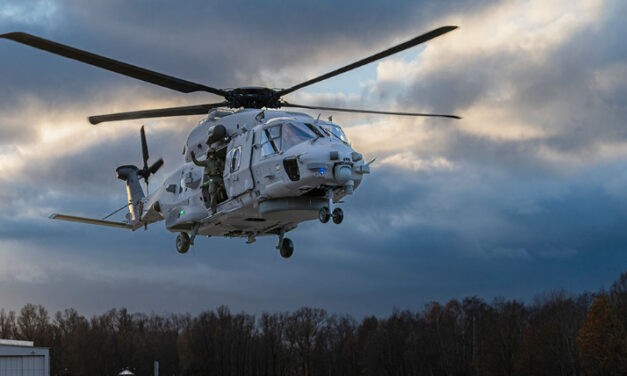
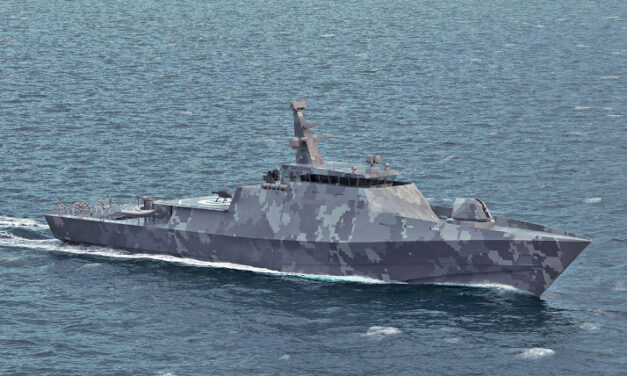
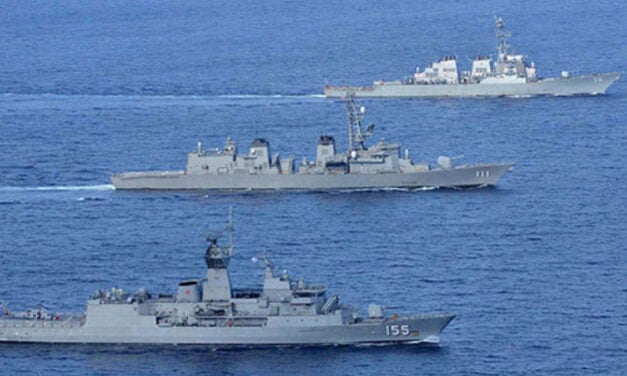
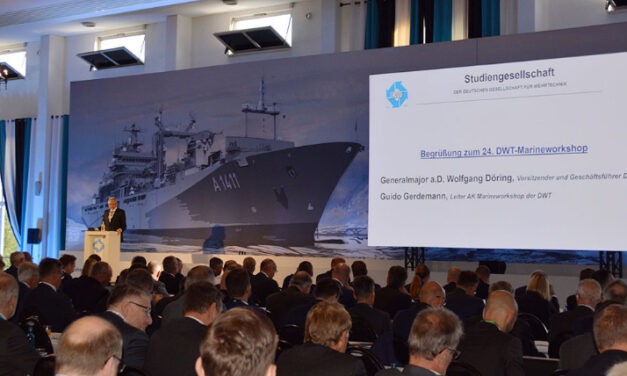
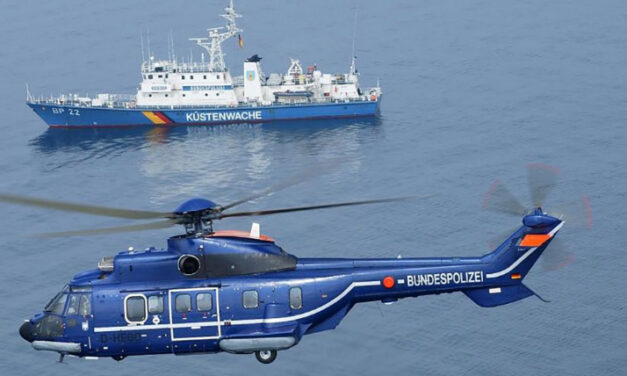
Latest comments